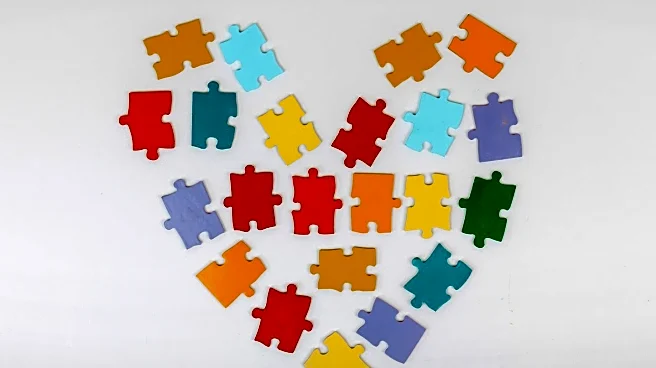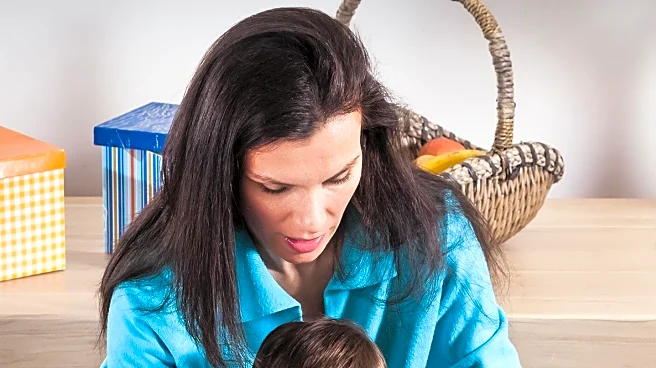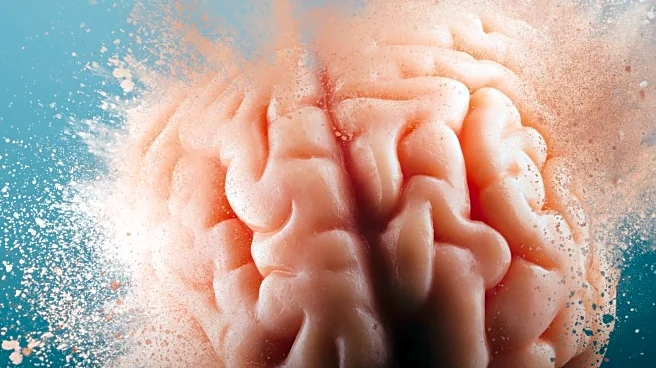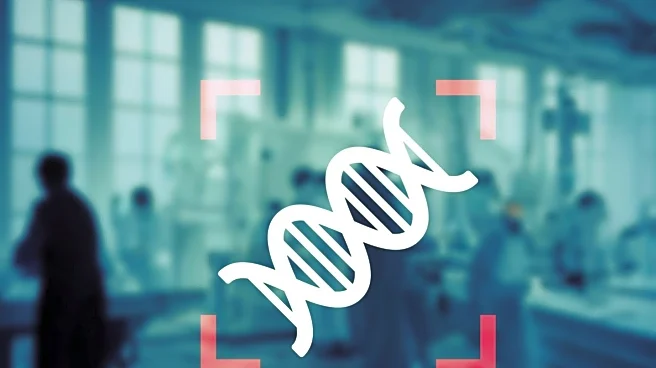What's Happening?
The concept of the 'autism spectrum' is being re-evaluated by experts who argue that it may no longer adequately represent the diverse experiences of autistic individuals. Originally introduced by Dr. Lorna Wing in the 1980s, the term was intended to broaden the understanding of autism beyond a narrow definition. However, the idea of a linear spectrum from 'mild' to 'severe' autism is now seen as misleading. Autism encompasses a variety of traits and needs that manifest uniquely in each individual, making it difficult to place them on a single spectrum. The American Psychiatric Association's diagnostic manual currently categorizes autism into three levels based on support needs, but these levels are criticized for being vague and not reflective of real-world experiences. Life changes, such as menopause, can alter an individual's support needs, challenging the static nature of these levels.
Why It's Important?
Rethinking the autism spectrum is significant as it could lead to a more inclusive understanding and treatment of autism. The current spectrum model risks oversimplifying the complex nature of autism, potentially leading to inadequate support for those who need it. By moving away from a linear spectrum, society can better recognize and value the diverse experiences of autistic individuals. This shift could also influence public policy and healthcare practices, ensuring that support systems are more responsive to the evolving needs of autistic people. Additionally, it challenges societal perceptions that may devalue individuals with higher support needs, promoting a more equitable view of autism.
What's Next?
Future discussions and research are likely to focus on developing new frameworks for understanding autism that better capture its complexity. This may involve creating more nuanced diagnostic criteria and support systems that are adaptable to individual needs. Stakeholders, including healthcare providers, policymakers, and advocacy groups, will need to collaborate to implement these changes effectively. The ongoing debate may also influence educational and workplace accommodations, ensuring that environments are more supportive and inclusive for autistic individuals.
Beyond the Headlines
The debate over the autism spectrum touches on broader ethical and cultural issues, such as the risk of dehumanizing those with higher support needs. Historical associations with figures like Hans Asperger, who was linked to the genocide of autistic individuals during the Nazi period, highlight the potential dangers of categorizing people based on perceived societal value. This underscores the importance of language and societal attitudes in shaping the treatment and perception of autistic individuals. Moving away from a spectrum model could help dismantle harmful stereotypes and promote a more respectful and accurate understanding of autism.










